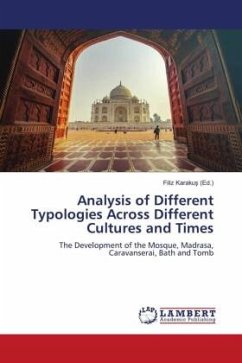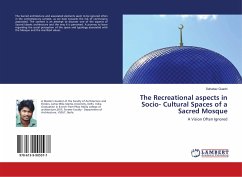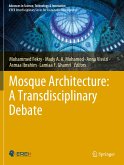The Darasbari mosque is the largest mosque in the Bangladesh part of Gaur-Lakhnauti, now in ruins. It is situated in the Darasbari quarter of the mediaeval city on the west side of the Chhota Sona-Kotwali Darwaza Road, at present a desolated area near the Indian border. The name Darasbari is derived from its being located within a darsbari (place of lesson or learning), pointing to the madrasa to the east of the mosque, separated by a large tank, forming a typical Muslim educational complex (religious institution). According to its inscription, which is now preserved in the Indian Museum at Calcutta, Shamsuddin Abul Muzaffar Yusuf Shah built the mosque in 1479 AD. The 'Bengali Sultanate Architecture' is ingredient of this consent. A happy blending of local influences and the Sultanate style express the acquaintance with the people, land, air and water. In another ward Sultans ruled Bengal with elaborate time span. It is known to the world that Bengal establishes an authentic style of Sultanate architecture in making mosque and tombs.
Bitte wählen Sie Ihr Anliegen aus.
Rechnungen
Retourenschein anfordern
Bestellstatus
Storno








